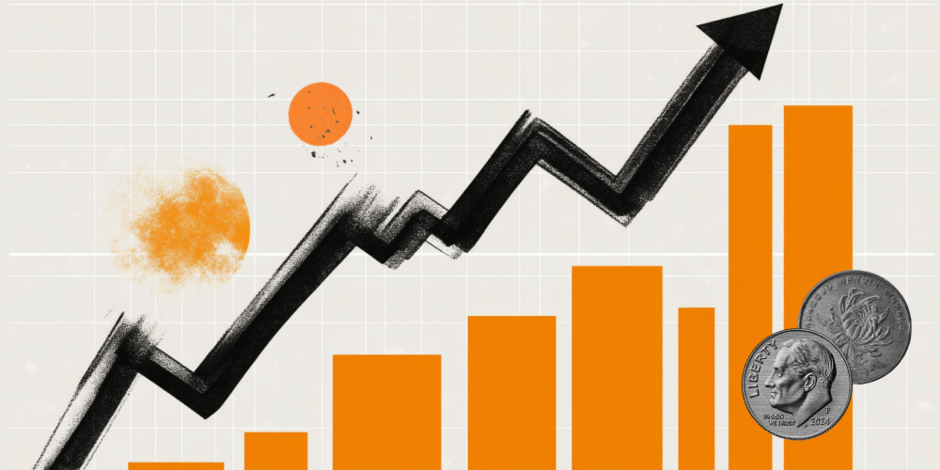Japanese Yen rebounds modestly despite weak trade data, Fed policy in focus
- USD/JPY slips back below 145.00 as traders turn cautious ahead of the Federal Reserve’s interest rate decision.
- The Japanese Yen finds modest support despite soft trade data and a steady Bank of Japan policy stance.
- The focus shifts to the Fed dot plot and its policy tone for cues on USD/JPY’s next move.

The Japanese Yen (JPY) halts its three-day losing streak against the US Dollar (USD) on Wednesday, finding modest support despite a string of soft trade data. The Yen’s resilience comes as the Greenback trades cautiously ahead of the Federal Reserve’s (Fed) interest rate decision, helping the Japanese Yen regain some lost ground.
At the time of writing, the USD/JPY pair is edging lower, trading around 144.75 during the American session and erasing nearly all of Tuesday’s gains.
The pair is down about 0.33% on the day, having reversed sharply after failing to sustain momentum near Tuesday’s high of 145.38. Notably, the 145.00–145.50 region has consistently acted as a ceiling for the pair since the beginning of June, reinforcing the area as a near-term resistance.
Earlier in the day, fresh trade data highlighted the challenges facing Japan’s economy. Exports fell by 1.7% YoY in May to a four-month low of JPY 8,134.99 billion, marking the first annual decline since last September as sweeping US tariffs weighed on overseas shipments. Still, the drop was milder than the 3.8% fall markets had expected.
Imports contracted more sharply, down 7.7% YoY to a three-month low of JPY 8,772.60 billion — the biggest decline since January 2024 — reflecting weak domestic demand.
Despite the softer trade flows, Japan’s trade deficit narrowed markedly to JPY 637.61 billion in May, significantly better than the projected JPY 893 billion gap and down substantially from the JPY 115.6 billion shortfall recorded a year earlier, providing a slight cushion to the Yen amid broader economic headwinds.
On Tuesday, the Bank of Japan (BoJ) kept its benchmark interest rate unchanged as expected, but policymakers remain at a critical juncture as they navigate competing pressures from rising commodity prices and escalating US trade barriers.
Japan’s inflation is being driven by surging Oil prices, fueled by Middle East tensions, alongside higher food costs, with rice prices climbing notably. Governor Kazuo Ueda has signaled a cautious but flexible stance, balancing these inflationary risks with the potential drag from external tariffs.
The central bank’s official outlook forecasts core inflation at 2.2% for the next fiscal year, moderating to 1.7% thereafter. However, officials have kept the door open to policy adjustments if inflation dynamics or US trade policy shift unexpectedly.
Looking ahead, traders turn their focus to the Federal Reserve’s interest rate decision, scheduled for 18:00 GMT. While markets broadly expect the Fed to keep rates unchanged, any signals on the future policy path, updated economic projections, or shifts in the dot plot could steer fresh moves in USD/JPY and broader market sentiment in the sessions to come.
Economic Indicator
BoJ Interest Rate Decision
The Bank of Japan (BoJ) announces its interest rate decision after each of the Bank’s eight scheduled annual meetings. Generally, if the BoJ is hawkish about the inflationary outlook of the economy and raises interest rates it is bullish for the Japanese Yen (JPY). Likewise, if the BoJ has a dovish view on the Japanese economy and keeps interest rates unchanged, or cuts them, it is usually bearish for JPY.
Read more.Last release: Tue Jun 17, 2025 03:31
Frequency: Irregular
Actual: 0.5%
Consensus: 0.5%
Previous: 0.5%
Source: Bank of Japan
Author

Vishal Chaturvedi
FXStreet
I am a macro-focused research analyst with over four years of experience covering forex and commodities market. I enjoy breaking down complex economic trends and turning them into clear, actionable insights that help traders stay ahead of the curve.

















